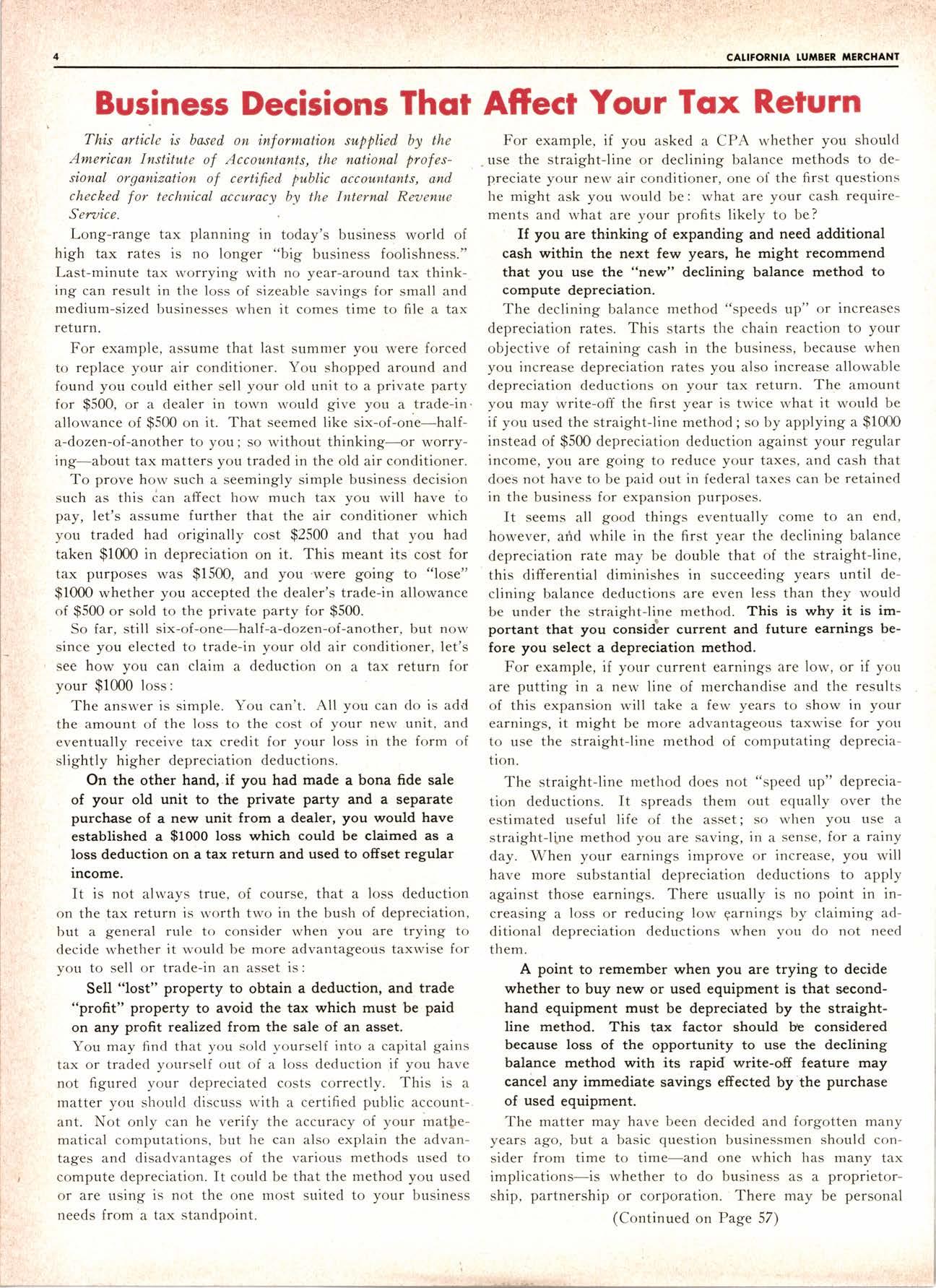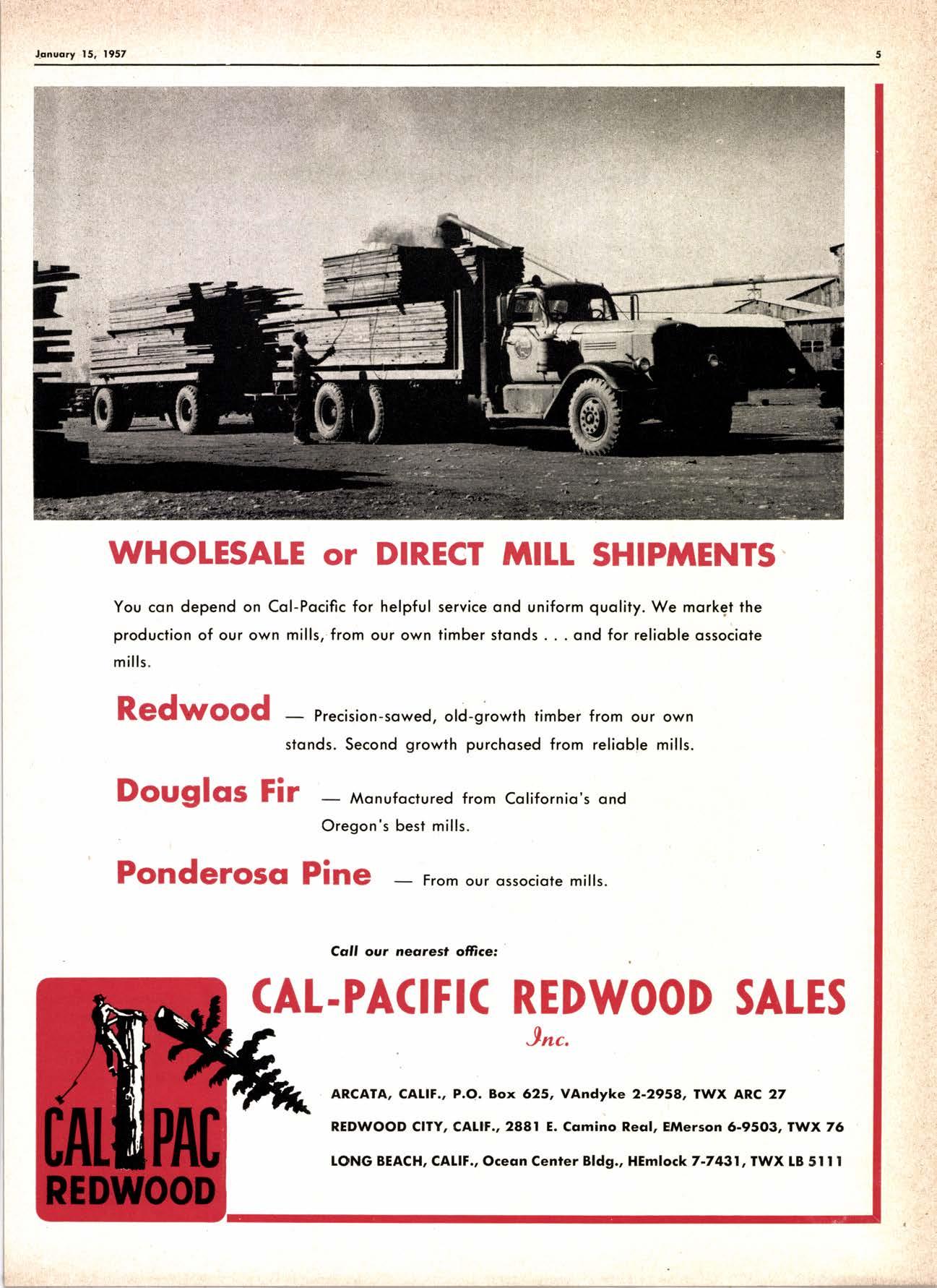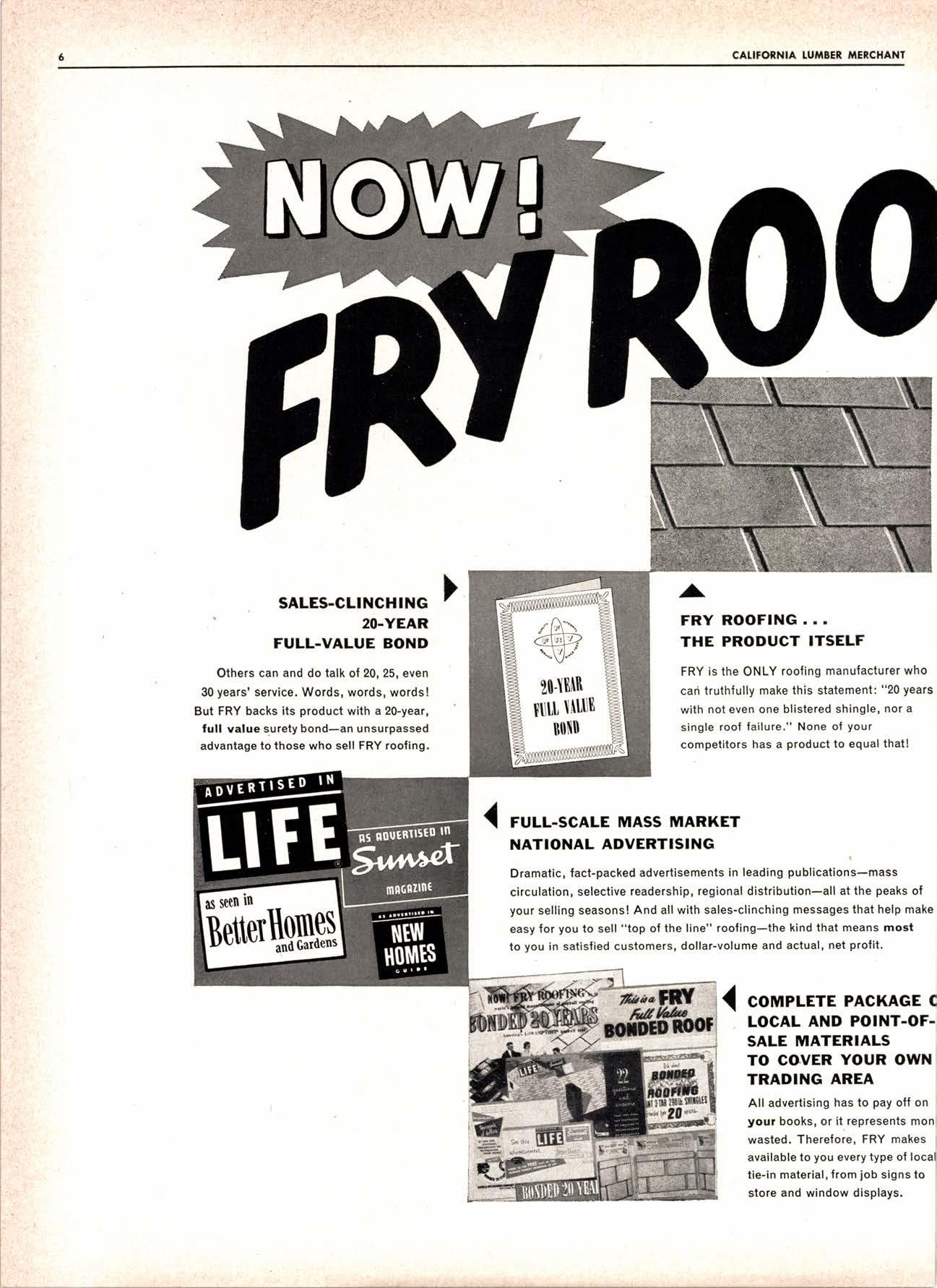
5 minute read
Business Decisions Thot Afrect Your Tax Return
This article is bq"red on inform.ation supplied. by the American Institute of ,4ccountants, the national professional organi.zation of certified public accountants, and checked for technical accuracy b^j the InternaL Reztenue Seraice.
Long-range tax planning in today's business world of high tax rates is no longer "big business foolishness." Last-minute tax worrying with no year-around tax thinking can result in the loss of sizeable savings for small and medium-sized businesses when it comes time to file a tax return.
For example, assume that last summer you were forced to replace your air conditioner. You shopped around and found you could either sell your old unit to a private party for $50O, or a dealer in town would give you a trade-in. allowance of $500 on it. That seemed like six-of-one-halfa-dozen-of-another to you; so without thinking-or worrying-about tax matters you traded in the old air conditioner.
To prove how such a seemingly simple business decision such as this ian afiect how much tax you will have to pay, let's assume further that the air conditioner which you traded had originally cost $2500 and that you had taken $1000 in depreciation on it. This meant its cost for tax purposes was $1500, and you 'were going to "lose" $1000 whether you accepted the dealer's trade-in allowance of $500 or sold to the private party for $500.
So far, still six-of-one-half-a-dozen-of-another, but now since you elected to trade-in your old air conditioner, let's see how you can claim a dedu'ction on a tax return for your $1000 loss:
The ansll,er is simple. You can't. All you can do is add the amount of the loss to the cost of your new unit, and eventually recei'i'e tax credit for your loss in the form of slightly higher depreciation deductions.
On the other hand, if you had made a bona fide sale of your old unit to th'e private party and a separate purchase of a new unit from a dealer, you would have established a $1O00 loss which could be claimed as a loss deduction on a tax return and used to offset regular income.
It is not always true, of course, that a loss deduction on the tax return is worth two in the bush of depreciation, but a general rule to consider when you are trying to decide whether it would be more advantageotts taxwise for you to sell or trade-in an asset is:
Sell "lost" property to obtain a deduction, and trade "profit" property to avoid the tax which must be paid on any profit realized from the sale of an asset.
You may find that you sold yourself into a capital gains tax or traded yourself out of a loss deduction if you have not figured your depreciated costs correctly. This is a matter you should discuss with a certified public accountant. Not only can he verify the accuracy of your matfuematical computations, but he can also explain the advantages and disadvantages of the various methods used to compute depreciation. It could be that the method you used or are using is not the one most suited to your business needs from a tax standpoint.
For example, if you asked a CPA rvhether you should use the straight-line or declining balance methods to depreciate your new air conditioner, one of the first questions he might ask you would be: what are your cash, requirements and what are your profits likely to be?
If you are thinking of expanding and need additional cash within the next few years, he might recommend that you use the "ne\Ar" declining balance method to compute depreciation.
The declining balance method "speeds up" or increases depreciation rates. This starts the chain reaction to your objective of retaining cash in the business, because when you increase depreciation rates you also increase allowable depreciation deductions on your tax return. The amount you may write-off the first year is twice vvhat it would be if you used the straight-line method; so by applying a $1000 instead of $500 depreciation deduction against your regular income, you are going to reduce your taxes, and cash that doeS not have to be paid out in federal taxes can be retained in the business for expansion purposes.
It seems all good things eventually come to an end, however, arid while in the first year the declining balance depreciation rate may be double that of the straight-line, this differential diminishes in succeeding years until declining balance deductions are even less than they would be under the straight-line method. This is why it is important that you considter current and future earnings before you select a depreciation method.
For example, if your current earnings are low, or if you are putting in a new line of merchandise and the results of this expansion will take a few years to show in your earnings, it might be more advantageous taxwise for you to use the straight-line method of computating depreciation.
The straight-line method does not "speed up" depreciation deductions. It spreads them out equally over the estimated useful life of the asset; so when you use a straight-line method you are saving, in a sense, for a rainy d"y. When your earnings improve or increase, you will have more substantial depreciation deductions to apply against those earnings. There usually is no point in increasing a loss or reducing low garnings by claiming additional depreciation deductions when you do not need them.
A point to remember when you are trying to decide whether to buy new or used equipment is that s€condhand equipment must be depreciated by the straightline method. This tax factor should bte considered because loss of the opportunity to use the declining balance method with its rapid write-off feature may cancel any immediate savings effecte'd by the purchase of used equipment.
The matter may have been decided and forgotten many years ago, but a basic question businessmen should consider from time to time-and one which has many tax implications-is rvhether to do business as a proprietorship, partnership or corporation. There may be personal
(Continued on Page 57)
Wl{OtESAtE or DIRECT IWIL SHIPI}IENTS
You con depend on Col-Pocific for helpful service ond uniform quolity. We morkgt the production of our own mills, from our own timber stonds ond for relioble ossociote mills.

RgdWOOdPrecision-sowed, old-growth timber from our own slonds. Second growth purchosed from relioble mills.
Douglqs Fir -
Ponderoscr
Monufociured from Coliforniq's ond Oregon's best mills.
Pinef766 our ossociote mills. Call
SALES-CLTNCHING ) 20-YEAR FULL-VALUE
Others can and do talk of 20,25, even 30 years' service. Words, words, words! But FRY backs its product with a 20-year, tull value s.urety bond-an unsurpassed advantage to those who sell FRY rooling.
.
FRYROOFING... THE PRODUCT ITSELF

FRY is the ONLY roofing manulacturer who cari truthfully make this statement: "20 years with not even one blistered shingle, nor a single roof failure." None oI your competitors has a product to equal that!
\ FULL-SCALE MASS MARKET NATIONAL ADVERTISING
Dramatic, fact-packed advertisements in leading publications-mass circulation, selective readership, regional distribution-all at the peaks of your selling seasonsl And all with sales-clinching messages that help make, easy for you to sell "top of the line" roofing-the kind that means most to you in satislied customers, dollar-volume and actual, net profit.
t GoMPLETE PACKAGE Q LOCAL AND POINT.OFSALE MATERIALS TO COVER YOUR OWN TRADING AREA
All advertising has to pay olf on your books, or it represents mon wasted. Therefore, FRY makes available to you every type ol local tie-in material, from iob signs to store and window displays.










